GUEST BLOGGER HEATHER FERRANTI KINSER
The emotions and sensations inspired by our awe-inspiring natural world are not always easy to describe in words. Metaphor and simile can help! Authors use these and other poetic devices to spice up their writing in lyrical, playful, creative ways—and young writers can learn to use them, too.
What are simile, metaphor, and extended metaphor?
A simile is a poetic device that compares two dissimilar things in an indirect way, using the words like or as to connect them (for example, “her cheeks were like roses”).
A metaphor is a poetic device that compares two dissimilar things in a direct way, by stating that one thing is another thing, as a means of suggesting a likeness between them (for example, “the snow is a blanket of white”).
An extended metaphor is a metaphor in a literary work that is sustained over multiple lines or throughout the entire work.
How does Nature Is a Sculptor make use of metaphor?
My picture book Nature Is a Sculptor is an extended metaphor—a book that keeps a metaphor as its central premise from beginning to end. Here is an example from the text that equates the erosive forces of nature with the creative actions of a sculptor: “Nature is a sculptor. It weathers and erodes. Over time the tallest peaks are whittled, chipped, and blown.”
In the book, there are even more metaphors within the metaphor, where natural elements are being equated with sculptor’s tools, such as: “The ocean is a hammer pounding shoreline into bits. Ice—a chilly chisel—finds a crack, expands, and splits.”
Activity 1: Find the metaphors in Nature Is a Sculptor
Together or in small groups, read Nature Is a Sculptor and ask students to find metaphors. In this case, the metaphors would be instances where the text compares natural events to the activities of a human artist—a sculptor. In note format, jot down the metaphors as the students call them out.
Ask which metaphors are their favorites, and why.
Take one of their favorite metaphors and ask the students to convert it into plain language; then compare the two versions. For example, what if the author had written, “Wind blows against rocks, causing them to wear down.” How would they compare the meaning and feeling of that sentence to, “A windstorm is a rugged file that sands a surface smooth.” Can they describe how each sentence makes them feel?
Activity 2: Create your own metaphor
Part 1
In small groups, or together as a class, ask the students to think of something in the natural world that shares qualities with something completely different from the human world. They can make up their own, or use one of the examples below.
Examples:
—a bird is a musician
—a cloud is a pillow
—a rose is a poem
—a seed is a promise
—the moon is a mystery
—a storm is a symphony
—a chameleon is a magician
—a star is a memory
—my dog is a detective
Part 2
Now try to extend the metaphor by brainstorming three ways in which it is true. Encourage the students to use active verbs, and to be creative and specific.
Example:
My dog is a detective. She…
—investigates the sidewalk, looking for clues about who passed this way before
—snoops and sleuths, discovering tasty treats on the highest shelf
—tracks me down, even when I’m hiding deep under the covers
As a class group, students are invited to share their metaphors with me, through the Contact page on mywebsite—www.heatherkinser.com/contact.html. I can’t wait to be wowed by their creative words. Or maybe they would like to fold and staple sheets of paper and create a nonfiction mini-book of their own.
Bonus activity
Read these other terrific picture books that also make excellent use of metaphor and/or simile:
- A Stone Is a Story by Leslie Barnard Booth
- Your Name Is a Song by Jamilah Thompkins-Bigelow
- I Talk Like a River by Jordan Scott
- A Whale of a Mistake by Ioana Hobai
- A Different Pond by Bao Phi
- Owl Moon by Jane Yolen
Discuss the ways in which these texts use metaphor/simile to express otherwise hard-to-convey concepts or feelings. Ask the students why they think the author chose to use these poetic devices to help tell their story.
Featured image credit: “Wind erosion” by Nick . Brooks is licensed under CC BY-NC-SA 2.0.
Heather Ferranti Kinser writes at the intersection of story, poetry, and nature from her home on the San Francisco Peninsula. She’s a former technical editor who now spends her days writing small stories—to make a big difference for kids! Heather is also the author of Small Matters (Millbrook Press) and In a Cave (Gnome Road Publishing). Connect with Heather on her website, HeatherKinser.com, or through her social media handle @hethfeth, on Twitter and Instagram.


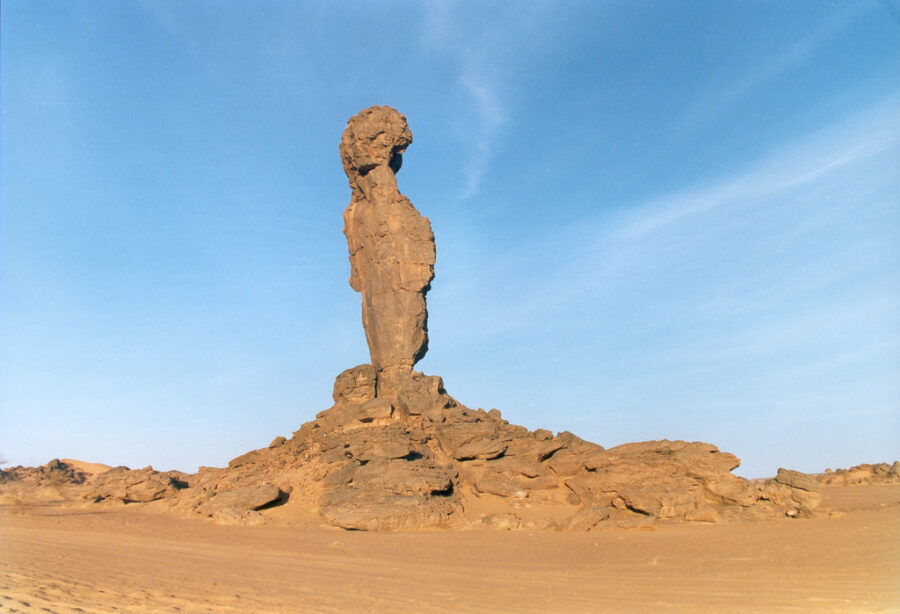

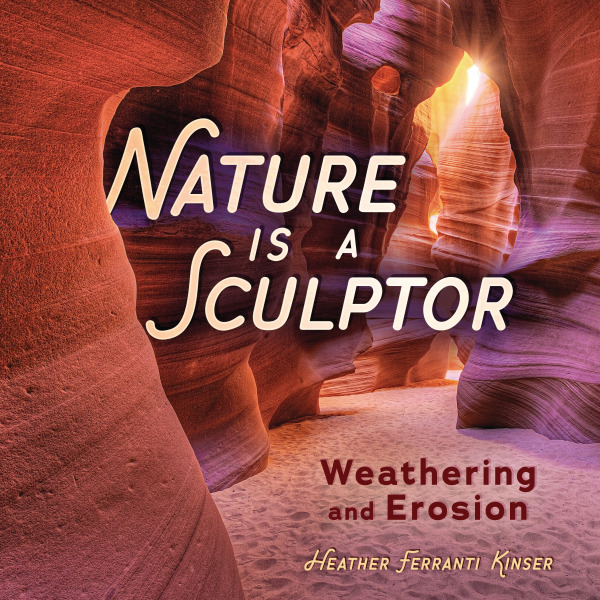
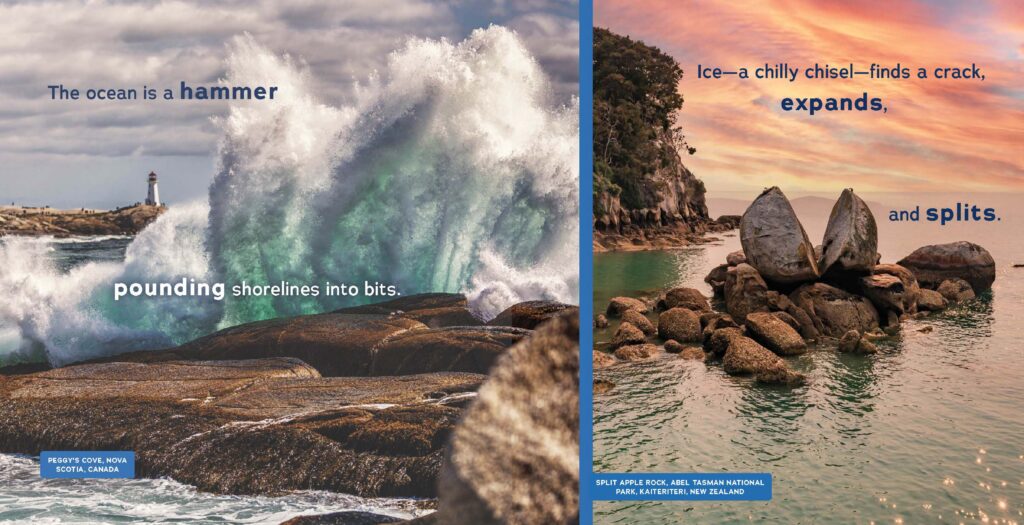
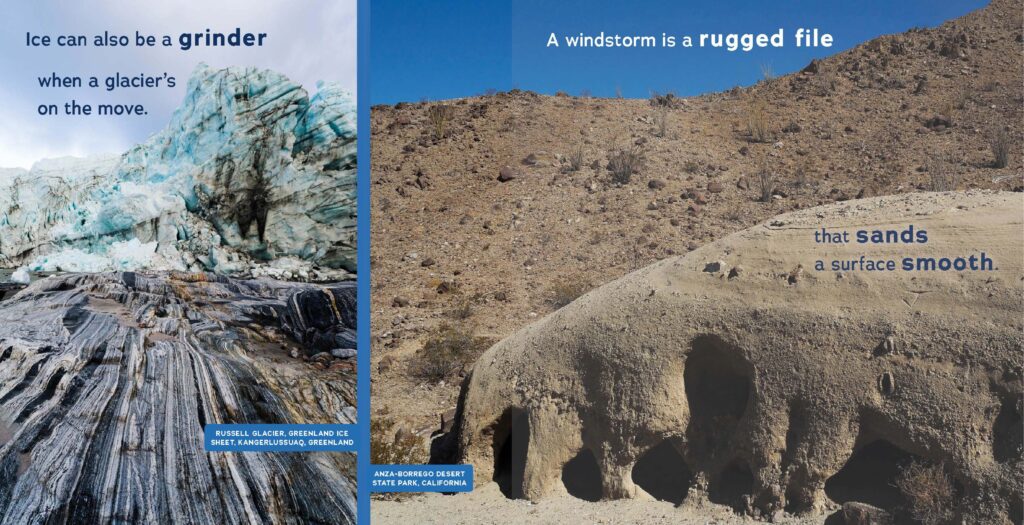

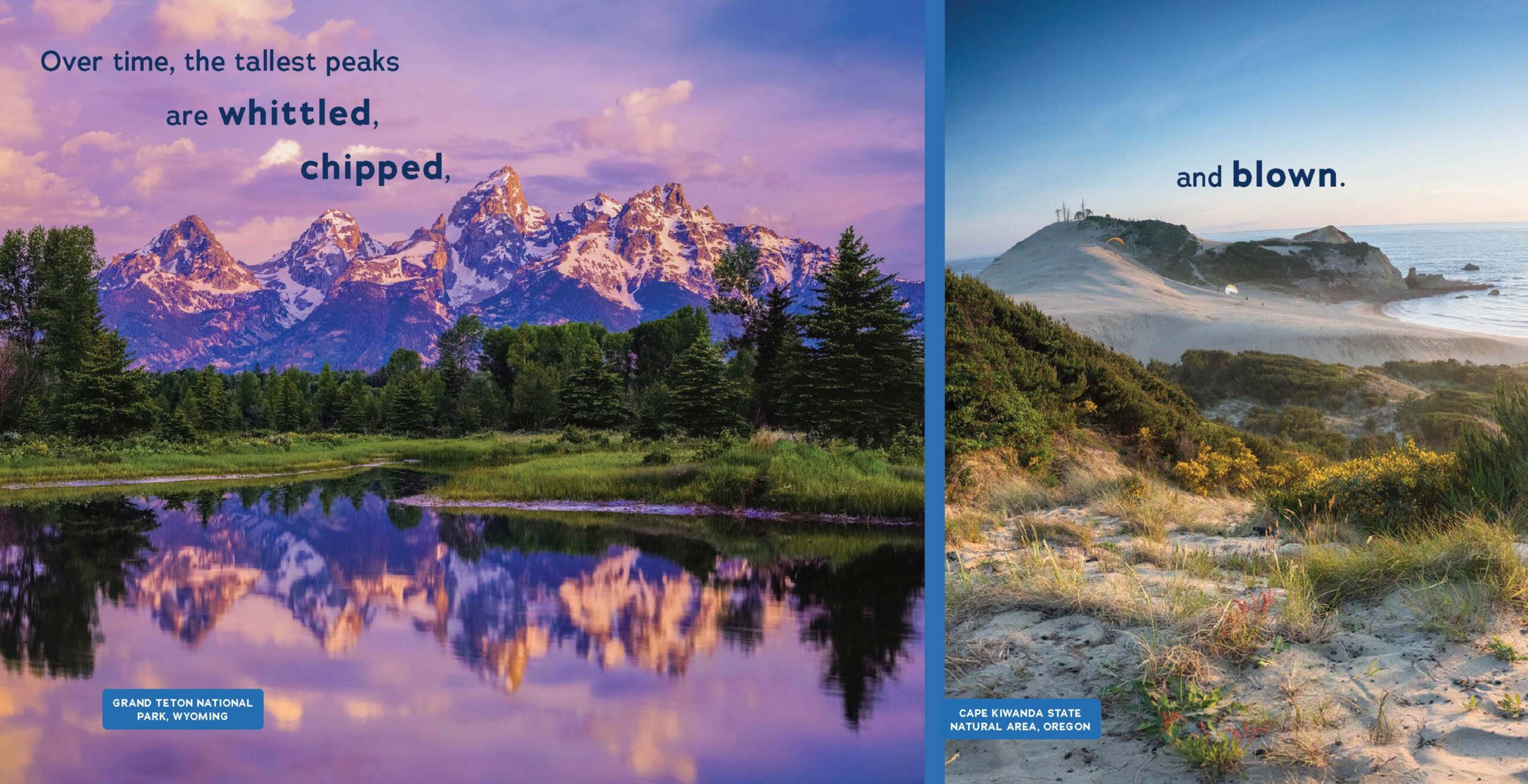



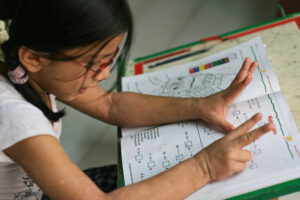


Leave a Reply
Your email is safe with me.